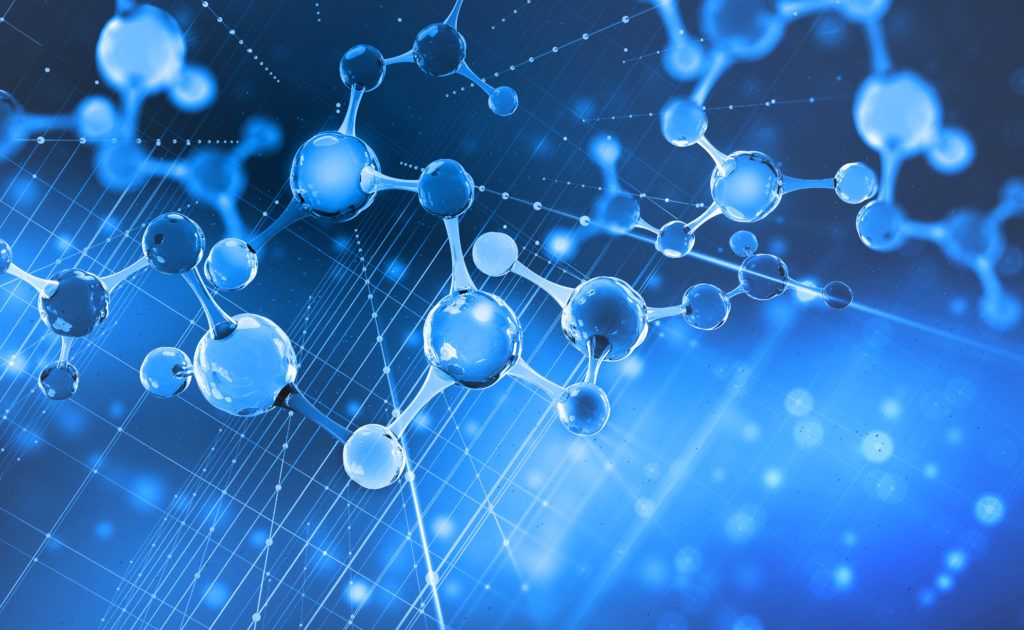
The term “entourage effect” refers to the synergistic interaction of two or more different molecules when those molecules are co-administered, such as when a person ingests a natural extract or an engineered formulation of components. This hypothesis has received considerable attention in the cannabis industry, where hundreds of cannabinoids have been identified.1,2 The entourage effect is also a critical factor in the food and beverage industry, where multiple different molecules co-create a person’s perception of taste, smell, mouthfeel, and other sensations.
The entourage effect may also be important within the psilocybin industry and research into the effects of magic mushrooms and other compounds in naturally occurring psychedelics organisms. Psilocybin is the most abundant compound in many species of magic mushrooms.3 However, it is only one of many active components it contains. Furthermore, the evidence outlined below indicates that these molecules may work synergistically.
Scientific Data Suggesting the Entourage Effect in Magic Mushrooms
Considering how important the interaction of different compounds can be to the physiology of the human body, it’s interesting that there is little research studying how the known psilocybin derivatives interact with each other and receptors in the brain. But in all fairness, one of the main reasons for this is that only now are researchers on a larger scale coming to understand that there is more to magic mushrooms than psilocybin and psilocin. Here are three examples from the scientific literature on the entourage effect in magic mushrooms, offering tantalizing results for further exploration by curious researchers.
Gartz, 1989
In a 1989 paper, the German scientist, researcher, and author Jochen Gartz used keen insight to analyze the data from 24 cases of accidental ingestion of the magic mushroom Inocybe aeruginascens.4 He also examined data on the effects of ingesting species with high psilocybin and psilocin content. From his analysis, he proposed a synergy between magic mushroom compounds.
Dr. Gartz noticed that the people who ingested I. aeruginascens reported only euphoric experiences.1 He contrasted these experiences to accounts from people who used magic mushrooms with high psilocybin and psilocin content for hallucinogenic purposes. He described these experiences as an “often slight and in some cases deep dysphoric mood” accompanied by psychosis, panic, and anxiety.
Besides the types and amounts of psychedelic compounds in magic mushrooms, a variety of factors are at play, which culminates in the overall magic mushroom experience for the user. Dr. Gartz acknowledges this in his paper. But he asserts that the comparison of effects caused by I. aeruginascens versus species with high levels of psilocybin and psilocin demonstrates there are interactions involving the molecules that affect the psychedelic experience.
Aeruginascin seems to modify the pharmacological action of psilocybin to give an always euphoric mood during the ingestion of mushrooms.
In more detail, Dr. Gartz states, “It seems that the significant amounts of the indole derivative aeruginascin can modify the pharmacological action of psilocybin to give a euphoric mood during the psychosis with hallucinations due to ingestion of I. aeruginascens.” Dr. Gartz concludes by calling for more research on the effects of aeruginascin and the entourage effect, “In order to establish the specific action of aeruginascin, investigations of human ingestion of aeruginascin with and without additional application of psilocybin should be done.”
Matsushima et al., 2009
This research team compared the effects of an extract from Psilocybe argentipes to pure psilocybin on marble-burying behavior in mice.5 Marble-burying behavior is an animal model used by scientists to study anxiety and obsessive-compulsive disorder (OCD).
The results of the study showed that the same dose of the mushroom extract and pure psilocybin were effective in reducing marble-burying behavior. But even more interesting was the finding that the psilocybin mushroom extract was more effective at the same dose in reducing the behavior than pure psilocybin alone. A dose of 0.1 to 1.0 g/kg was significant in reducing the number of buried marbles without affecting the overall locomotor activity of the mice.
Interestingly, the data for P. argentipes showed an inverted bell curve for the relationship between the dose level and the number of marbles the mice buried. The authors note that this is an unusual result. Many chemicals show a proportional relationship in the marble-burying test, meaning higher doses reduce the number of marbles buried as well as the locomotor activity of the mice. The authors sum up the overall study results by saying:
These findings suggest that inhibition of marble-burying behavior by P. argentipes is due to the involvement of a variety of psychoactive substances.
Zhuk et al., 2015
Additional evidence of a possible magic mushroom entourage effect was published by Zhuk and colleagues in 2015.6 They found that mushroom extracts were on the order of ten times more potent in in vivo serotonin 5-HT2A behavior assays (as demonstrated using the head-twitch response in mice) than pure psilocin. Specifically, they observed that a mushroom extract having only about 10 mass% of the total psilocybin derivatives elicited a similar behavioral response in mice, compared to an equal mass of 100% pure psilocin.
The authors concluded that their data “confirmed the strong synergistic interaction of psychotropic components of used fungal mushrooms” and indicated that,
…the presence of the other indoleamine hallucinogenic compounds in the used extracts giving [gave] the synergistic effect [that] influenced the serotonergic system.
Conclusion
Historically, psilocybin and psilocin receive all the attention when it comes to studying and discussing magic mushroom compounds. It is hard to overstate how critical these two compounds are to the psychedelic experience. However, the next big story could be the entourage effect—how all the active compounds in magic mushrooms work together and with receptors to produce the overall psychedelic effect for the user. The few scientific studies that have been done offer a brief yet intriguing glimpse of the entourage effect. A better understanding of this concept could lead to more effective therapies and greater life-enhancement opportunities for people.

How can I order some of these or sell ur products
Great summary!! Press On!!